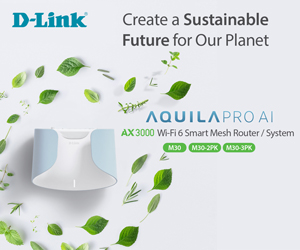![]()
Longer battery life could lead to huge leap forward for electric car development
A collaboration between the U.S. Department of Energy’s (DOE) Argonne National Laboratory and Hanyang University in South Korea has lead to the development of a new high-energy cathode material that is capable of extending the life-span of future lithium batteries, claims the developers.
Developing a high-energy system with a long calendar and cycle life and excellent abuse tolerance are important challenges that lithium battery developers are working on to meet the energy storage needs of the light-duty vehicle market and to help achieve President Obama’s goal of putting more than one-million plug-in hybrid electric vehicles (PHEV) on the road by 2015.
“The new high-energy material that we developed makes up a new class of oxide materials in which the composition of each particle is changing from the bulk to the outer layer,” said Khalil Amine, manager of the advanced battery technology group at Argonne and the project’s co-principal investigator. “Typically most oxide cathodes have a uniform composition throughout each particle, and offer low capacity and high surface reactivity with the electrolyte,” he said.
The material has also demonstrated a high-power capability, said Yank-Kook Sun, co-PI and a professor in the Department of Chemical Engineering at Hanyang University. “We are able to charge the material to 4.3 and 4.4 volts and attain a very high-capacity of more than 210 milliampere hours per gram, with good power capability,” he said. “Conventional cathodes have a capacity of 140 to160 mAh/g,” Sun added.
The research is described in the paper “High-energy cathode materials for long-life and safe lithium batteries,” and is available on the Nature Materials website, http://www.nature.com/nmat/journal/v8/n4/full/nmat2418.html.







